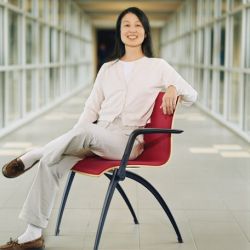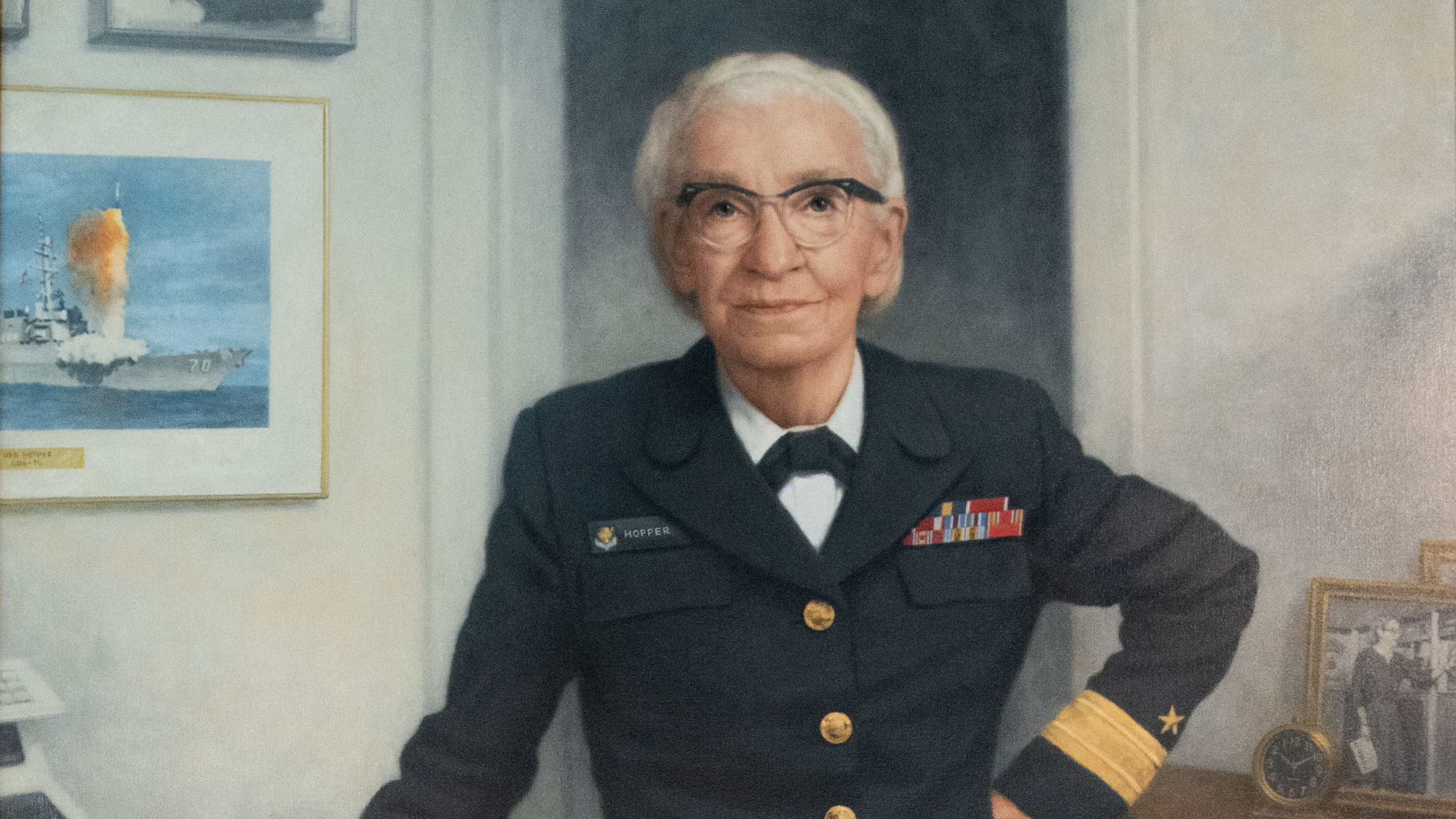
The information technology trends supporting "cyber as a fifth dimension" are clear: Big Data, cell + cloud, wisdom of the crowds, co-robots, cyber-physical systems, Internet of Things, brain-machine interfaces, biomolecular machines, nanocomputing on the one hand and exascale on the other, and quantum is still a teaser. Let’s project these trends onto a point of convergence in the future and consider the following scenario relevant to health and well being.
Imagine the day when an elderly woman in India feels ill. At birth, her genetic code had been entered into her medical record. Since birth, she has been able to record a complete history of time- and location-based measurements of her physiological features (e.g., temperature, blood pressure, height, and weight) and of her environment (e.g., air and water quality, interactions with people). Ubiquitous sensor networks would collect this information. Today she might record this information using her cell phone and store it in the cloud. Today she might be illiterate but still be able to manage this information with speech input. These recordings are part of her personal medical record, which also includes past interactions with health and wellness professionals, such as diagnoses, interventions, treatments, and medical test results.
She contacts her doctor. They meet in cyberspace. Today this real-time communication could be in a virtual world through avatars or it could be through a wall-sized touch display in her home, projecting an image of the doctor. They share information visually. For example, she can demonstrate the pain she gets in moving her body in certain ways. She can show the location and pattern of her rash. Her doctor can explain the meaning of a test result by zooming in on a medical image or by replaying a videograph. Tomorrow the doctor might be able to palpate the sore area in investigating the problem.
The doctor consults The World to help diagnose and treat her. Based on populations of people with similar genetic makeup and similar histories (including physiological paired with environment) who had similar symptoms and reported the effectiveness of their treatments, the doctor can determine the most appropriate treatment for her. A treatment for an elderly Indian woman will be based on populations more similar to her rather than on, say, middle-aged male Caucasians who grew up in the United States. Today some of the data is already here to mine; tomorrow there will be more data, more ways to determine relevance, more ways to spot trends, and hopefully more ways to more quickly prescribe more effective treatments for the individual. We won’t need "special populations" for clinical trials anymore Normal 0 false false false EN-US X-NONE X-NONE —we can take any subset of the world population as needed.
The doctor’s knowledge base also includes a model of The Human, a multi-resolution, multi-scale, many-dimensional, highly parameterized computational model of a human body. It relies on exascale (or beyond) data and processing capability to simulate all systems of the human and their interactions, from the molecular level to the systems level. Any "What if?" is possible.
The doctor decides surgery is needed. The surgeon directs a robot with nano-scale or molecular-scale precision to aid in the operation, implanting an embedded programmable device for continuous monitoring or periodic drug activation. As her condition improves or as new discoveries in medical science are made, the device can be reprogrammed through unintrusive software updates.
She returns home from surgery. The doctor is able to monitor her recovery remotely and continuously. Her medical device communicates wirelessly to the cloud, adding entries to her personal medical record. Device readings are accessible by only the doctor except that alerts are also sent to emergency specialists. Her home co-robot makes sure she takes her medication. It helps fix her meals and cleans her house as she recuperates.
I probably missed the boat on some of these points, not just the computer science, but certainly the medical science. But for sure, our technology is the change agent for healthcare for the future.
I will close with two caveats. First, privacy. The medical profession upholds a principle of privacy that poses hard technical challenges for computer scientists to tackle. How can we give the doctor access to a population’s data and still preserve the privacy of the individuals in the population? How can we protect her personal medical record stored in the cloud? Privacy in healthcare is an emerging area of research in computer science. Second, ethics. As with any technology, just because we can does not mean we should. As computer scientists, we are responsible for explaining the benefits and limitations of information technology and for participating in open debate on its ethical consequences. Technical solutions will not suffice; we will likely need new regulations and changes to social norms.



Join the Discussion (0)
Become a Member or Sign In to Post a Comment